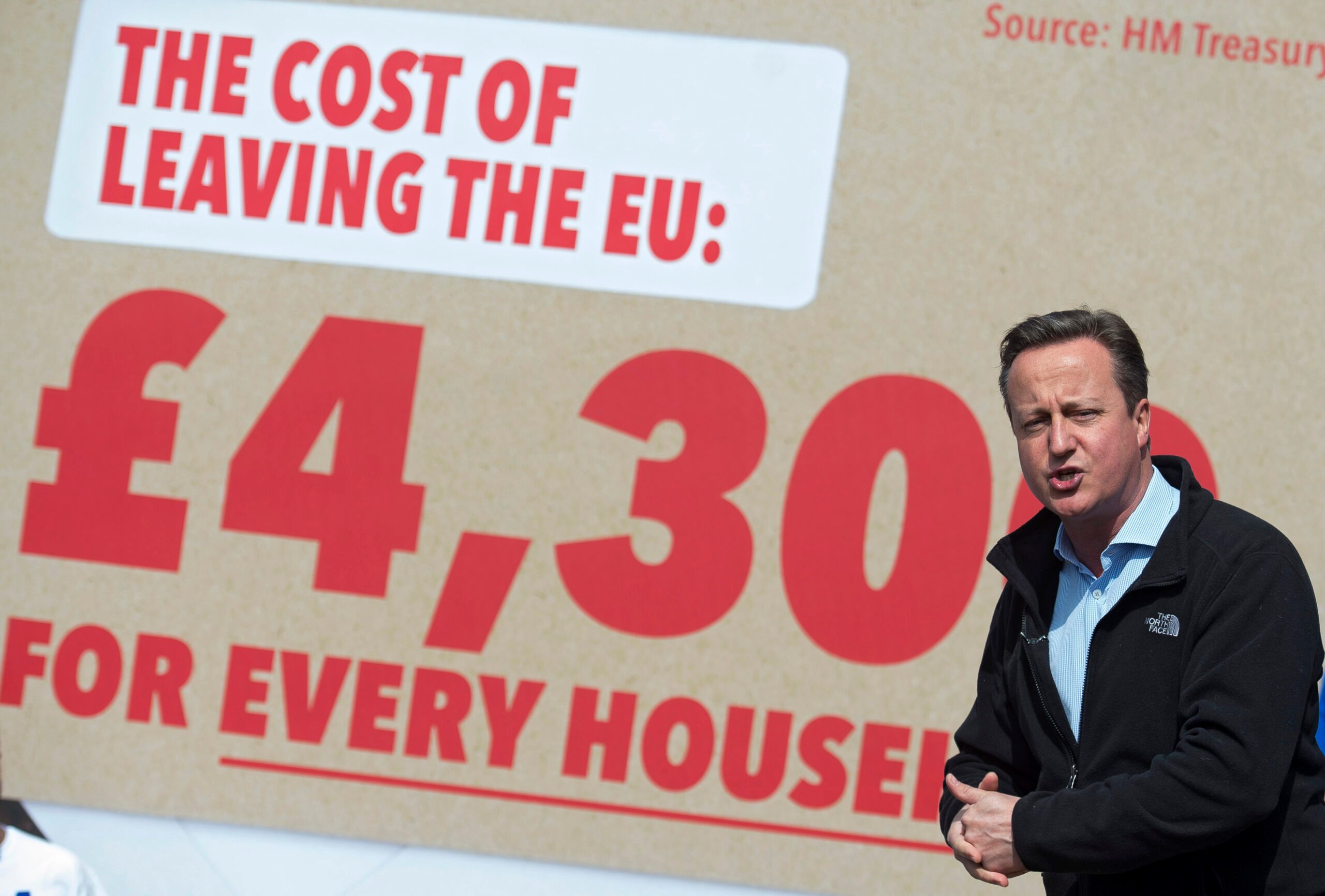SUMMARY
This is AI generated summarization, which may have errors. For context, always refer to the full article.

LONDON, United Kingdom – Money is at the heart of many a battle and the referendum on whether Britain should stay in the European Union or quit is no exception.
Voters are being hit with a blizzard of statistics from the “Remain” and “Leave” camps, often produced selectively to boost their side of the argument.
Here are some of the facts and figures being disputed in the run-up to the June 23 vote:
Britain’s contribution to the EU budget
“Leave” campaigners claim it is £350 million ($510 million, 455 million euros) a week.
But that is a gross figure that does not include the rebate famously won by prime minister Margaret Thatcher in 1984.
With the rebate stripped out, the figure is £280 million a week based on 2014 data, according to Iain Begg, a research professor at the London School of Economics university’s European Institute, in a study entitled “So how much does Britain pay the EU?”
In 2015, Britain contributed an estimated £17.8 billion to the EU budget, or £12.9 billion after the rebate, according to a parliamentary briefing paper.
Brussels subsidies
In return, Britain receives some £6 billion of subsidies, notably to the agriculture and scientific research industries.
“Remain” campaigners say this support would go if Britain pulled out, while “Leave” campaigners say British money would be better spent directly by the government.
Britain is the 10th biggest net contributor proportional to the size of its economy of the 28 members, according to 2014 figures from the European Commission.
EU immigration
Immigration from the EU is proving to be one of the key battlegrounds of the campaign.
The total number of EU migrants living in Britain doubled between 2004 and 2015 to 3 million people, according to the Migration Observatory of Oxford University.
The rise is due to the EU taking in 8 Central and Eastern European states in 2004, including Poland, but in the more recent financial crisis, immigrants from eurozone countries like Spain and Italy also headed to Britain.
The pro-Brexit Justice Secretary Michael Gove claims that if Britain stays in the EU, more than 5 million immigrants may arrive over the next 15 years, putting “unsustainable” pressure on the health and education systems.
The projection assumes Turkey, Albania, Serbia, and Montenegro join the EU by 2020.
Prime Minister David Cameron, who supports Turkish accession, said Sunday, May 22, it would be decades before there was the prospect of this happening.
Meanwhile Britons are also on the move and settled around Europe.
According to United Nations figures, 1.3 million Britons lived in the rest of the EU in 2013, of which 300,000 live in Spain, 250,000 in Ireland and 200,000 in France.
Trade
The EU as a whole is by far Britain’s biggest trading partner. In 2015, 44% of Britain’s exports went to other EU states, from which it imported 53% of its goods, according to government figures.
Jobs
The British government says 3 million jobs are directly or indirectly linked to trade with other EU countries.
The government says the figure is based on the assumption that “the share of UK employment linked to trade with the EU is equal to the share of total UK value added (GDP) generated in the production of goods and services exported to the EU.” – Ouerdya Ait Abdelmalek, AFP / Rappler.com
Add a comment
How does this make you feel?
There are no comments yet. Add your comment to start the conversation.